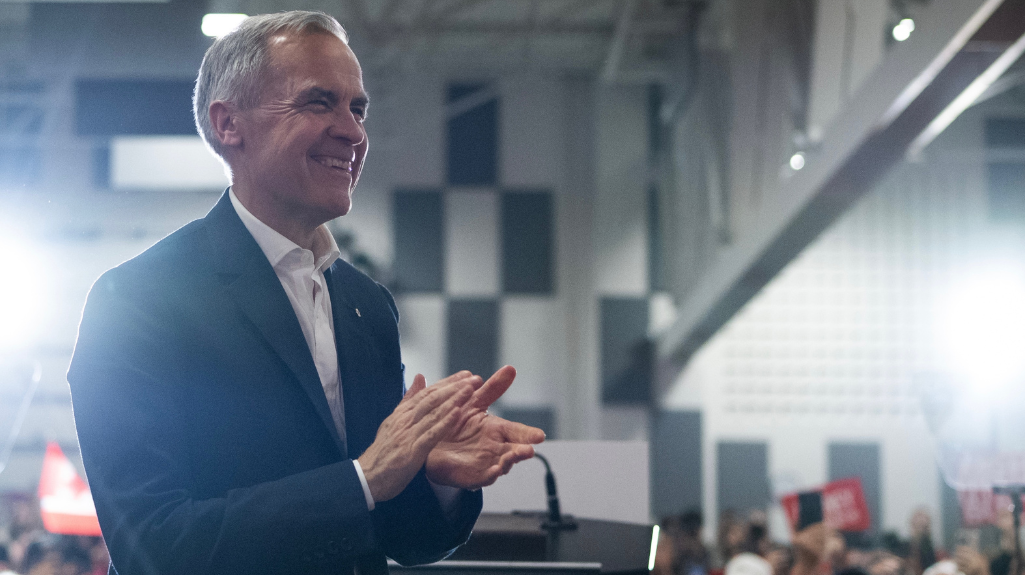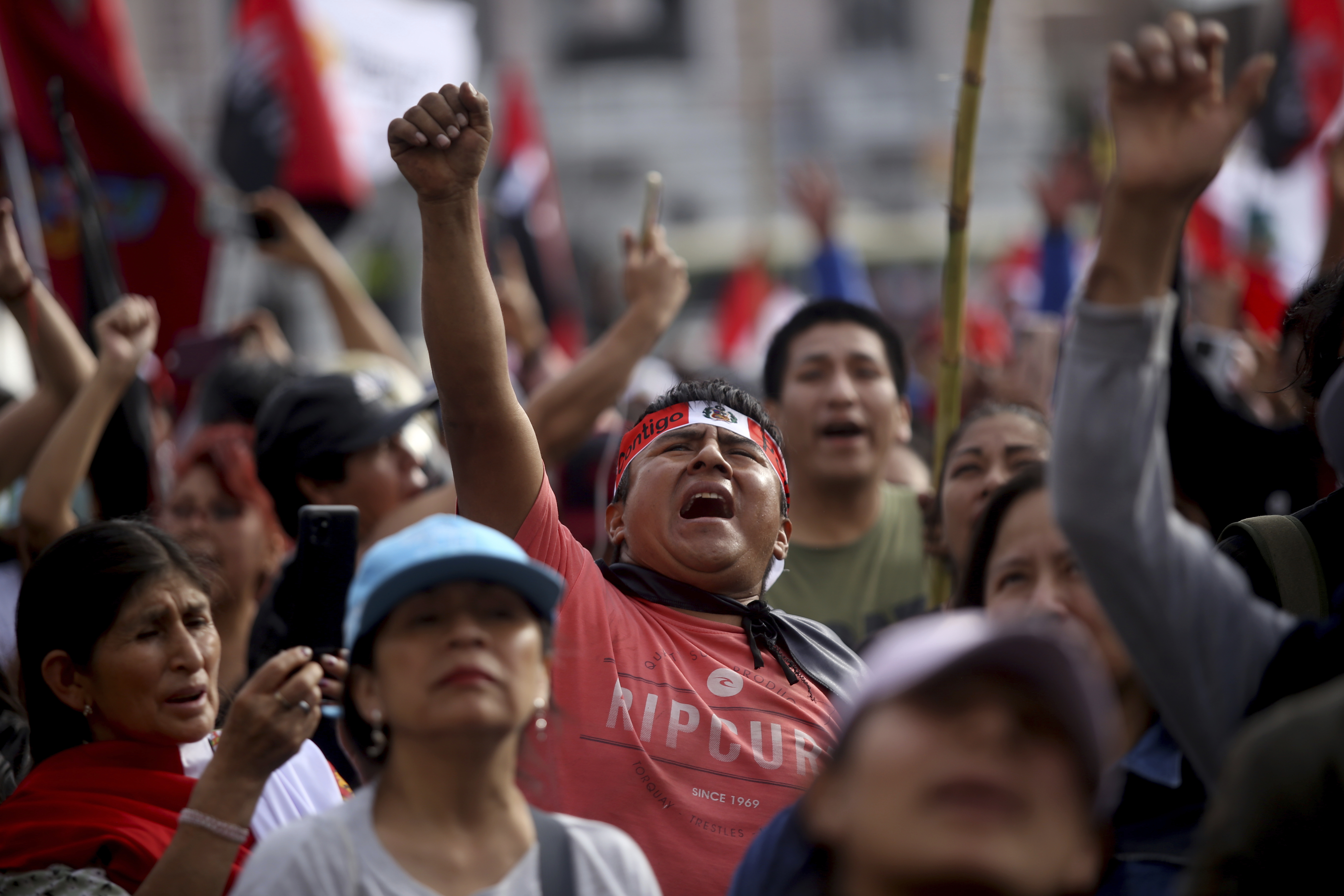Chile Election Update: Four Takeaways from the First Round
Chile Election Update: Four Takeaways from the First Round
Polls got it wrong and all eyes are on which way losing candidates’ votes will go when Alejandro Guillier and Sebastian Piñera compete in a December 17 runoff.
With an unenthused electorate and wide poll gaps, Chile’s run-up to Election Day was a bit of a snoozer. The results of the November 19 vote, however, were in fact a curve ball for the leading contender and former president, Sebastián Piñera. Polls had forecast that he’d get 40 percent of the vote and instead Piñera received 37 percent. Ultimately, the Let’s Go Chile (Chile Vamos) candidate will continue on to the December 17 runoff, but with a much smaller margin of separation between his left-leaning counterpart, news-anchor-turned-Senator Alejandro Guillier.
With 99.94 percent of votes counted, here are key takeaways of the election.
1) The polls got it wrong.
The difference between the top two candidates in the race of eight turned out to be 14 percent—not the more than 20 points forecast by many pollsters throughout the campaigns. And although Guillier, the candidate backed by ruling coalition New Majority (Nueva Mayoria), did clinch a similar vote percentage as polls predicted, registering 23 percent on Election Day, it was third–place Beatriz Sánchez whom the polls underestimated to a large degree. Sánchez, of the new, leftist Broad Front (Frente Amplio) coalition received 20 percent of ballots on November 19; pollster Cadem had her at 13 percent and think tank Centro de Estudios Públicos at 8.5 percent.
The discrepancy prompted Cadem’s public studies manager, Roberto Izikson, to apologize for the difference, pointing specifically to the misinterpretation of undecided voters, who made up about 8 percent of its survey respondents. “If they had said the truth, perhaps we’d be in the second round,” said Sánchez, a former journalist.
2) The Congress was rejuvenated.
Chileans also cast votes for all 155 seats in the Chamber of Deputies, and 23 seats out of 43 in the Senate. In total, 109 are new legislators, while 69 were reelected. That’s the lowest percentage of incumbents in the Congress since Chile’s return to democracy in 1990. The new faces are in part a result of the proportional electoral system carried out for the first time in this year’s race. The new rules reconfigured Chile’s electoral map to make way for a more diverse array of parties and minority representation, adding 40 new seats to Congress.
The same law, passed in 2015, requires that 40 percent of candidates on party lists be women. As such, female representation in the Chamber of Deputies increased from 16 percent to 23 percent. With one woman less in the Senate, however, female representation there fell from 29 percent to 23 percent.
The Congress is also now made up of more parties than ever before, rising from 12 to 16. While Sánchez’s Broad Front coalition had three representatives in the lower house already, it now has 20. That makes it the third-largest coalition in the Chamber, following Let’s Go Chile with 73 seats, and the New Majority’s 43. In the Senate, Broad Front has one additional seat, while Let’s Go Chile took 12 more and New Majority took an additional 7. Though it fell short of a majority, Piñera’s conservative coalition now controls 44 percent of the Senate and 47 percent of the Chamber.
3) Voter turnout was the lowest since 1990.
Out of 14.3 million Chileans eligible to vote, just 46 percent (roughly 6.6 million), turned out, meaning the lowest participation in a presidential election since Chile’s return to democracy. While the apathy highlights Chileans’ increasing distrust of and dissatisfaction with politicians, political scientist Patricio Navia notes it’s also a sign that voters think Chile is generally on the right track and won’t stray far from the path no matter who’s elected president. “When turnout is low, it’s because things are going pretty well,” Navia said in a podcast with AS/COA Online. “In Chile for the most part, people are somewhat satisfied. They want the country to do better, but there is no crisis.”
Expats got a chance to vote for the first time, but voter turnout, as expected, was also low and amounted to just 6 percent of the voting age population living outside of Chile. Of note, however, is the much tighter gap that emerged between the top three presidential candidates: Piñera (31 percent), Guillier (29 percent), and Sánchez (24 percent).
4) The big question is which way first-round losing candidates’ voters will go in the second round.
Going forward, all eyes will be on whether the voter bases of each of the losing candidates will back Piñera or Guillier. The 8 percent of ballots won by Jose Antonio Kast—the other conservative candidate—will likely go to Piñera, given that Kast announced his support for the former president in the second round. If the ballot results repeat themselves, that would give Piñera 45 percent of the vote.
In that case, Guillier would need the support of most of the remaining left-leaning candidates. Marco Enriquez-Ominami, who won 6 percent of the vote, said he was backing Guillier last night, but the other candidates’ bases are likely to be split. Though earlier in the campaign these candidates agreed to back whomever would face Piñera, Sánchez avoided explicitly supporting Guillier and has yet to issue a statement rallying her supporters to do so. Her coalition is composed of 13 different parties and movements, some of which stand in opposition to the New Majority, therefore it’s not certain all of Sánchez’s voters will support Guillier. Similarly, Goic’s Christian Democratic party broke away from the New Majority coalition earlier this year, which means some part of her supporters may opt not to vote for Guillier. Today, Goic resigned as leader of her party and voiced support for him.










